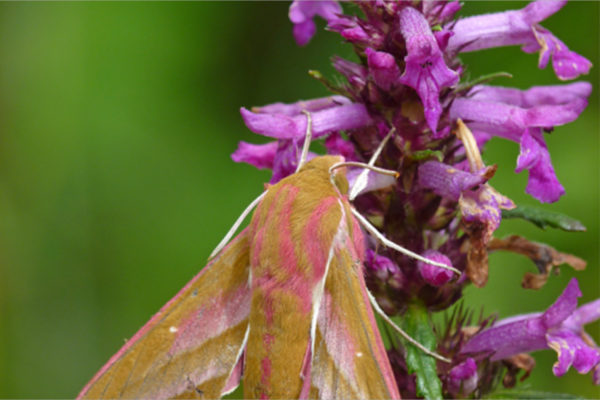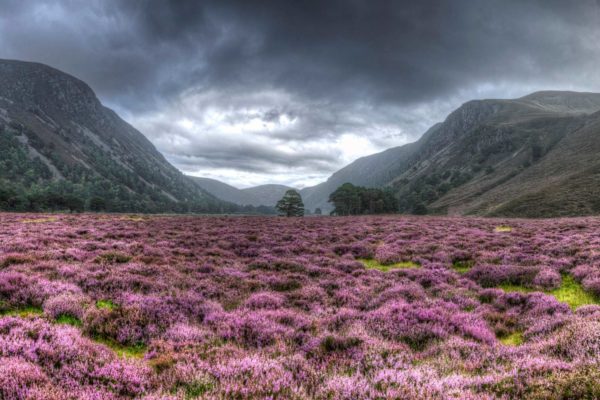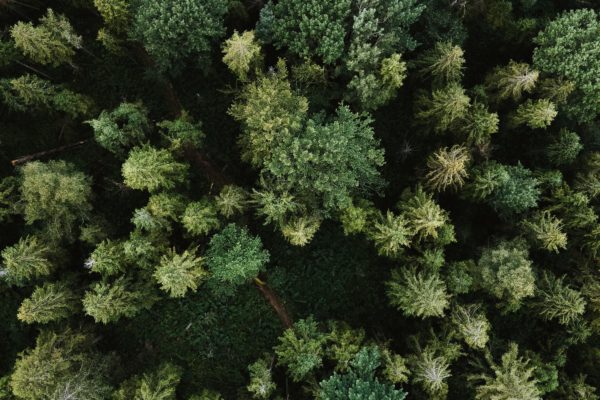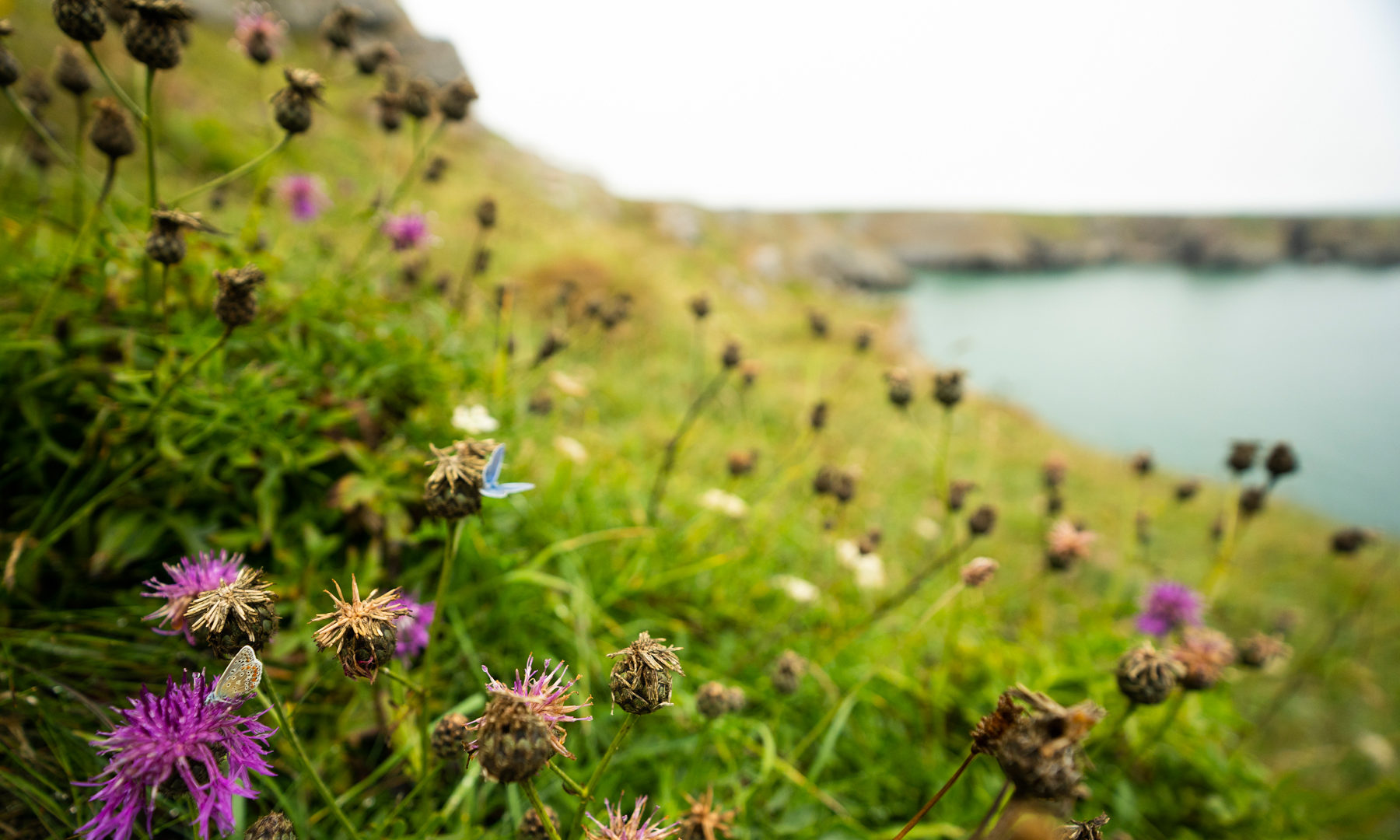
Climate Change
Why we care about climate change
Climate change is happening and is due to human activity. It includes global warming and greater risk of flooding, droughts and heat waves.
There are many ways the landscapes and wildlife of our National Parks will be affected.
However, our range of habitats, including mountains, moorlands, forests, grasslands and wetlands, can help combat climate change if managed correctly.
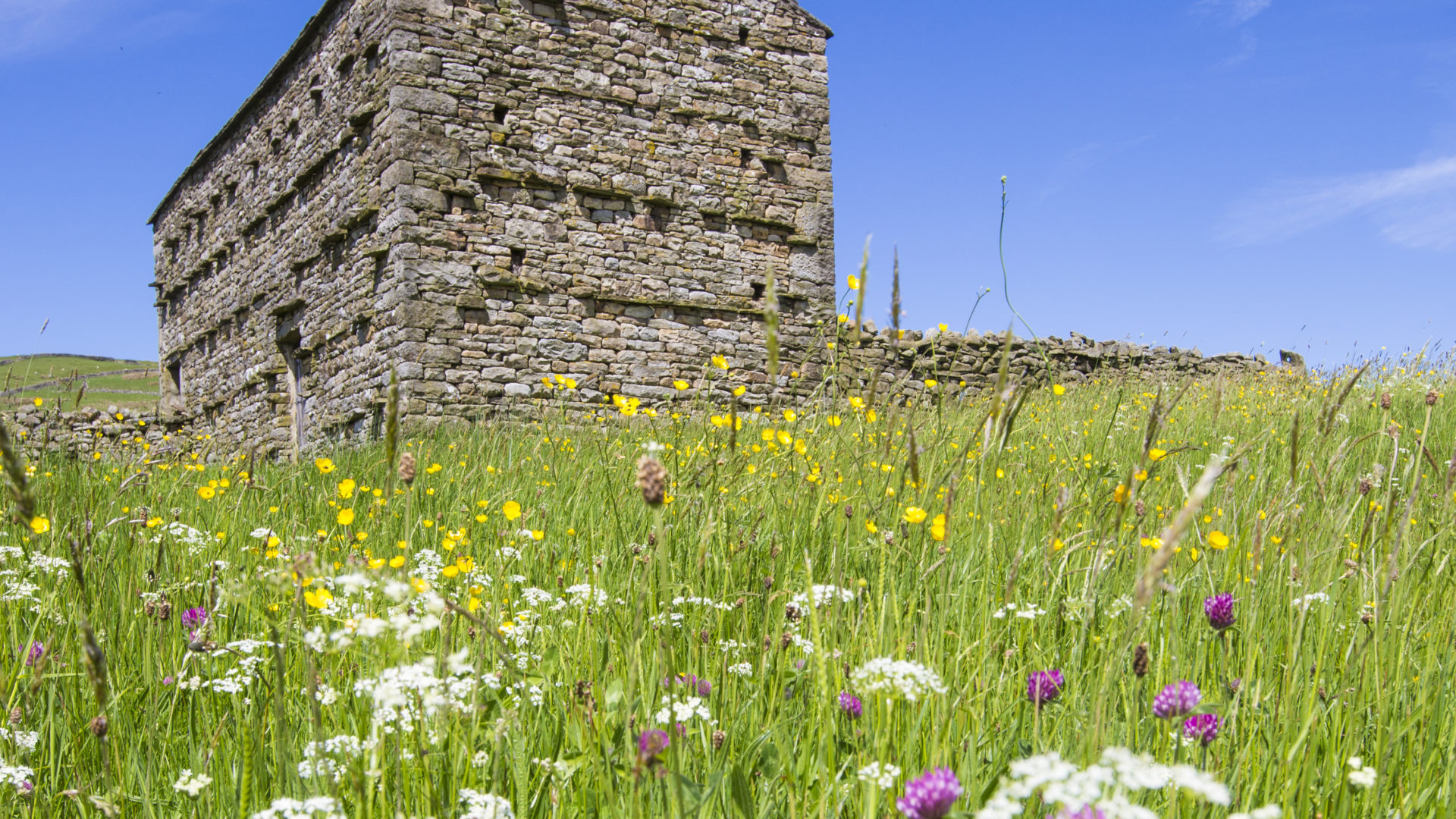
The impacts of climate change
There are many changes associated with the changing climate, some of these are:
Too much rainfall causes flooding that can damage habitats, disrupt wildlife and erode peatlands. Unpredictable weather, such as storms, can cause severe erosion of coastal areas.
Drought conditions can dry out our woodland and moorland, so that fires are easily started. These fires can spread and damage large areas of peatland, moorland and woodland habitats.
Increased periods of warmer weather have the effect of increasing the number of visitors to our National Parks. This can result in more pollution and litter, traffic congestion, accidental fires and more carbon dioxide emissions.
Many species living in our National Parks may struggle to adapt to the rapid change in temperatures and weather conditions.
Did you know?
Our work
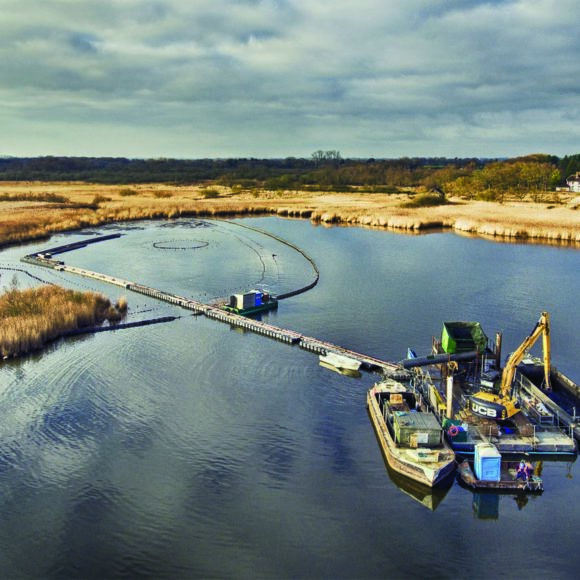
Helpful habitats
Peatlands such as bogs, fens and marshes act as sponges that soak up and store carbon dioxide that would otherwise be released into the atmosphere and contribute to global warming. Trees in our woodlands and forests absorb carbon dioxide and other harmful gases and create oxygen.
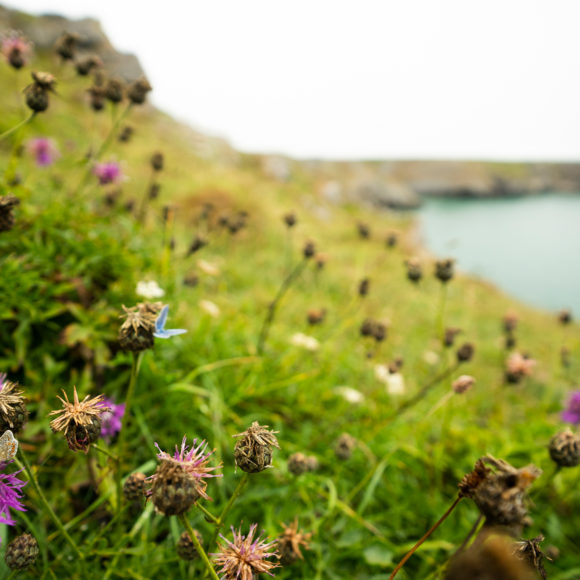
Manage flooding
Our Parks provide both natural and man-made areas intended to become flooded, helping to prevent residential areas being flooded and land, lakes, rivers and wetlands being damaged. Some also have lakes and reservoirs that allow water to be conserved and supply managed.
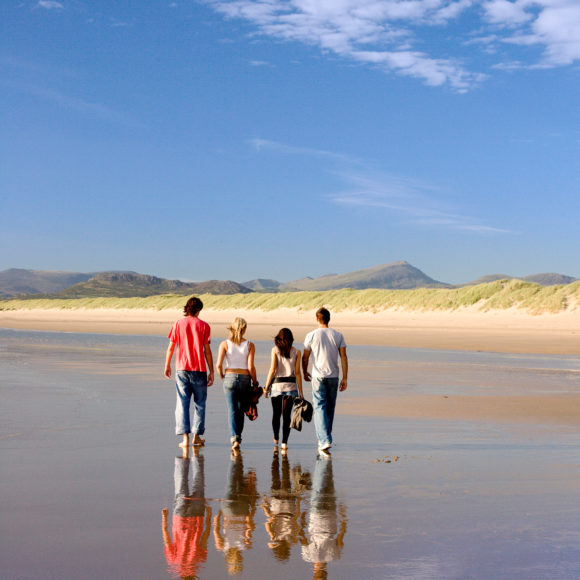
Responsible tourism
National Park Authorities help minimise the impact of climate change through the promotion of green tourism and sustainable travel, and we educate the public on the negative impacts of climate change.
